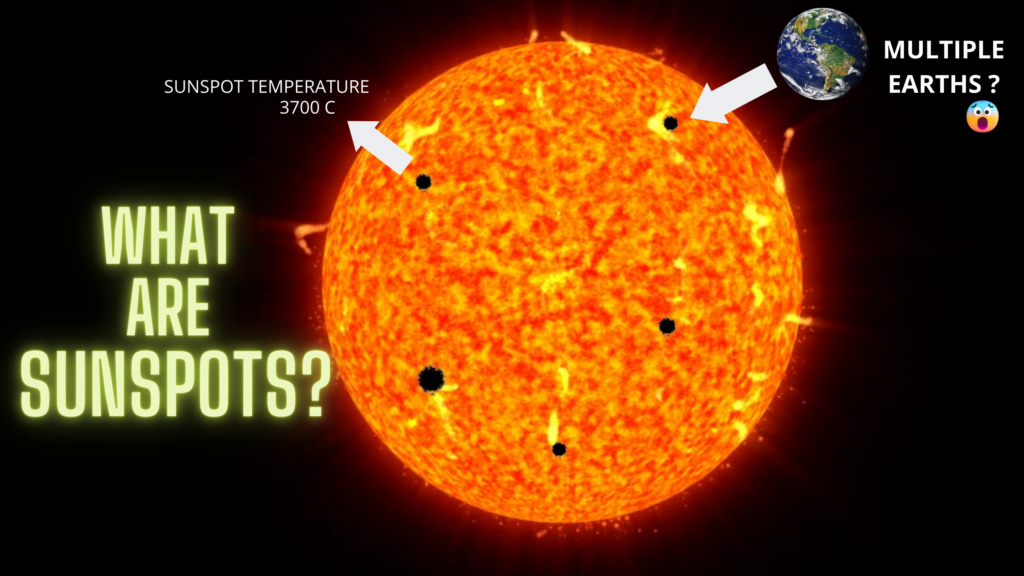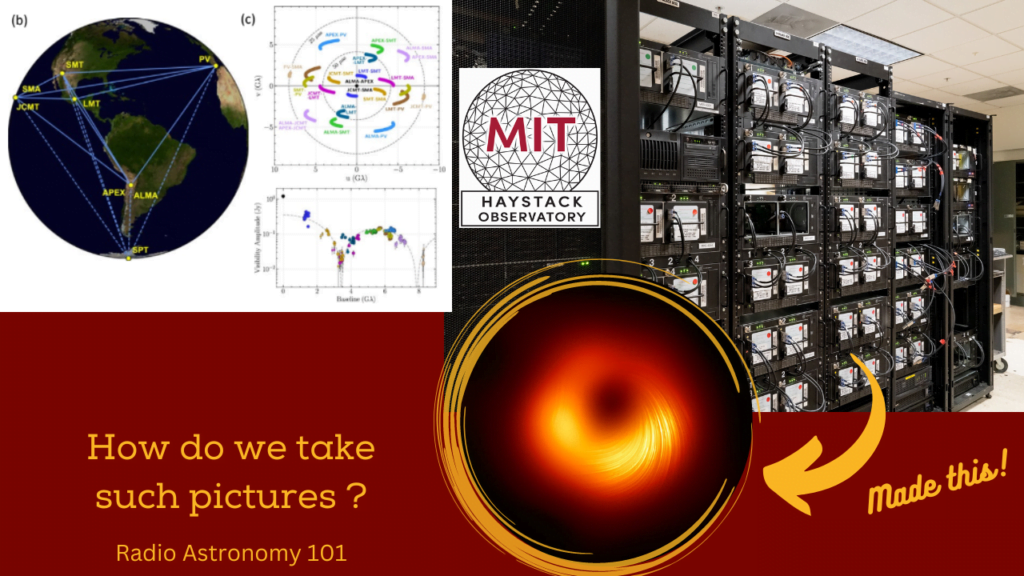Cassiopeia A is a fascinating object located in the constellation Cassiopeia, about 11,000 light-years away from Earth. It is a supernova remnant – the remains of a massive star that exploded at the end of its life. The explosion was so powerful that it released more energy in a few days than the Sun will produce over its entire 10-billion-year lifetime. The resulting shockwave, along with the intense radiation and particles released by the explosion, has been spreading through space for centuries, creating a spectacular and intricate cosmic structure.
In this article, we’ll take a closer look at Cas A and explore what it can tell us about the death of stars and the evolution of the Universe. We’ll delve into the history of Cas A’s discovery, the physical characteristics of the remnant, and the ongoing research that is shedding new light on this enigmatic object.
History of Discovery:
Cas A was first discovered in 1949 by American astronomer Grote Reber, who was a pioneer in radio astronomy. Reber used a radio telescope to detect a faint radio source in the constellation Cassiopeia, which turned out to be the remnant of a supernova that had exploded a few centuries earlier. At the time, astronomers had never seen anything like Cas A, and it quickly became a subject of intense interest and study.
In the following decades, Cas A was studied extensively across the electromagnetic spectrum, from radio waves to X-rays and gamma rays. Each type of radiation reveals different aspects of the remnant, providing valuable information about its structure, composition, and history.
Physical Characteristics:
Cas A is a complex and dynamic object, with a range of physical characteristics that make it a fascinating target for study. Here are some of the key features of the remnant:
Size: Cas A is one of the youngest and most compact supernova remnants known, with a diameter of around 10 light-years. It is estimated to be just a few centuries old, which is extremely young in cosmic terms.
Structure: The remnant has a complex and irregular structure, with a central region that is highly distorted and fragmented. This central region is surrounded by a series of rings and filaments that have been shaped by the expanding shockwave from the supernova.
Composition: Cas A is primarily composed of ionized gas, with a range of heavier elements including oxygen, neon, and iron. These elements were created in the core of the star before it exploded, and were scattered into space by the force of the explosion.
Radiation: Cas A emits radiation across the electromagnetic spectrum, from radio waves to gamma rays. This radiation is produced by a variety of processes, including synchrotron radiation, thermal emission, and X-ray and gamma-ray line emission.
Research and Discoveries:
Over the years, astronomers have made a number of key discoveries about Cas A that have helped to deepen our understanding of supernovae and the evolution of the Universe. Here are some of the most significant research findings:
High-Energy Emission: In the 1990s, astronomers using the Compton Gamma Ray Observatory discovered that Cas A emits high-energy gamma rays, which are produced by the interaction of cosmic rays with the remnant’s magnetic field. This was the first direct detection of gamma rays from a supernova remnant, and provided valuable insights into the origin of cosmic rays.
- Element Production: One of the most important contributions of Cas A to our understanding of the Universe is its role in producing and distributing heavy elements. The elements created in the core of the star before it exploded – including oxygen, neon, and iron – were scattered into space by the supernova, enriching the interstellar medium with these vital building blocks of planets and life. In addition, the shockwave from the explosion triggers the formation of new stars and planets, further shaping the evolution of the Universe.
Compact Object: In 1999, astronomers using the Chandra X-ray Observatory discovered a compact object at the center of Cas A, which
was determined to be the remnant of the star’s core – a neutron star. Neutron stars are extremely dense objects, with masses similar to that of the Sun but compressed into a sphere just a few kilometers across. The discovery of the neutron star in Cas A confirmed a long-standing theory about the final stages of a massive star’s life, and provided valuable insights into the behavior of matter under extreme conditions.
Conclusion:
In conclusion, the supernova remnant Cas A is a fascinating and important object that provides valuable insights into the death of stars and the evolution of the Universe. Through a range of observations and studies, astronomers have uncovered a wealth of information about the physical characteristics, history, and behavior of this complex structure. From the discovery of high-energy emission and the presence of a neutron star to the production of heavy elements and the shaping of the interstellar medium, Cas A continues to be a key target for research and exploration. As our understanding of this enigmatic object continues to deepen, it will undoubtedly provide new insights into some of the most fundamental questions about our place in the cosmos.
- Element Production: One of the most important contributions of Cas A to our understanding of the Universe is its role in producing and distributing heavy elements. The elements created in the core of the star before it exploded – including oxygen, neon, and iron – were scattered into space by the supernova, enriching the interstellar medium with these vital building blocks of planets and life. In addition, the shockwave from the explosion triggers the formation of new stars and planets, further shaping the evolution of the Universe.

